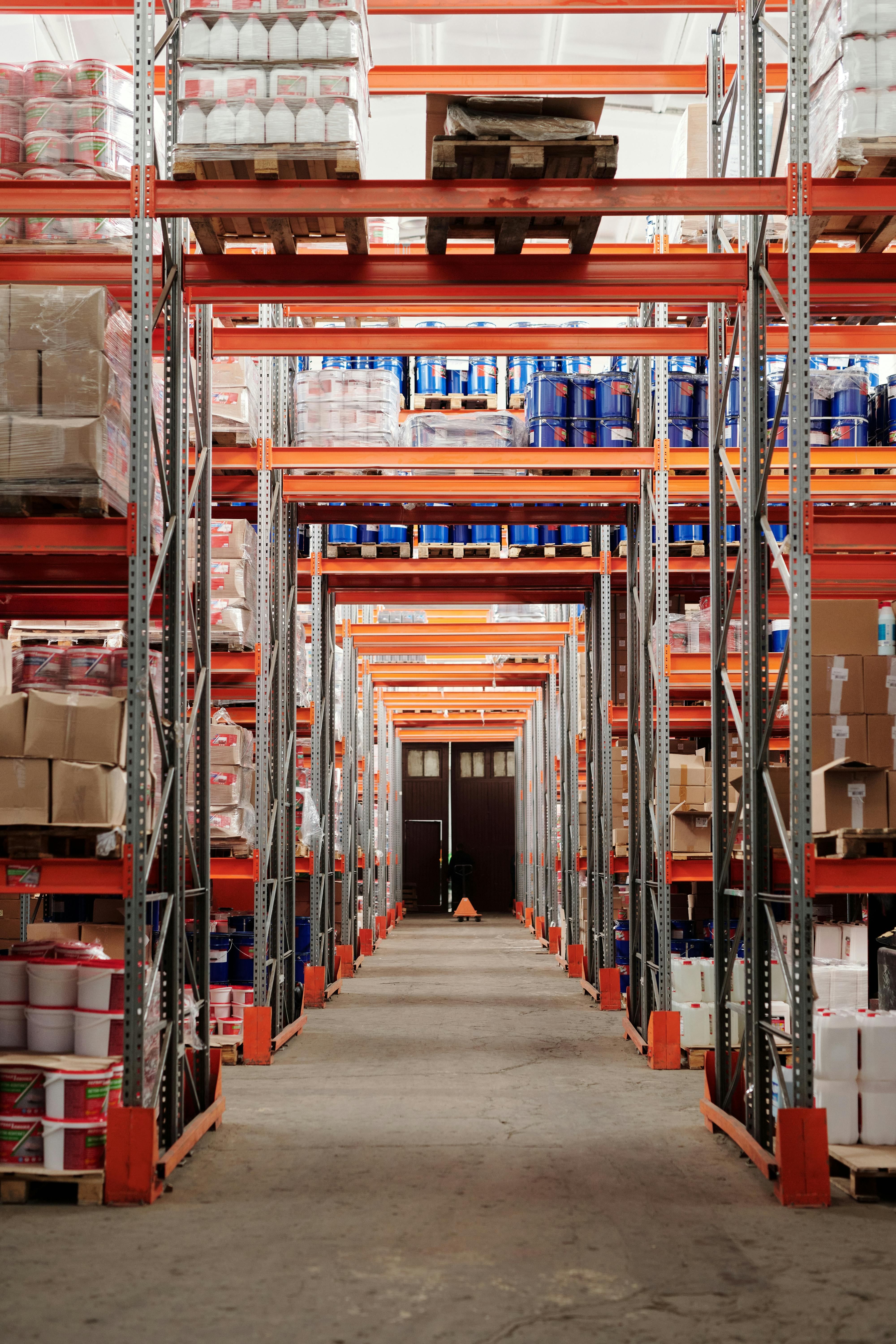Is AI just a buzzword or a boon for the packaging industry?
Nitin Satankar, general manager, Jio Industrial and Data Science talks to Abhay Avadhani about how to extend the use of AI within the packaging business
17 Jun 2024 | By Abhay Avadhani
On the one side, the tech majors are unveiling outrageously powerful AI chips plus companies all over the world are investing in artificial intelligence services. On the other hand, the packaging industry is seeking an appropriate AI model. In other words, there is a quest to apply the predictive power of AI to improve understanding of the industry’s mechanisms.
In this sense, I ask Nitin Satankar, general manager, Jio Industrial and Data Science, is this do-able? He says, yes. With more data points, AI can provide accurate information and can provide accuracy. He says, “More dynamic the data, the more accurate AI is.”
He adds, AI thrives with variability. AI understands a variable, and its impact. It can say which variable affects the most, and which has the least impact. This makes sense. After all, context is key. And in the packaging industry, the time to send data and receive a response — is key for businesses. This, in a way, will determine the deployment of AI applications.
In simple terms this could mean, understanding defects; to manage the variations in packaging material; to control the quality quotient and the life of the product through the deployment of packaging. Plus, ensure AI and human creativity work in tandem. And above all, create an AI infrastructure. This should be the objective for AI in packaging.
AI: The packaging model
Nitin Satankar says, “The packaging sector in India is product-centric. It's not yet consumer-centric product packaging. The packaging communicates to the consumers in a way that it gives a pre-experience before the product is experienced.”
Automation has existed for two decades and there has been continuous improvement in machine learning. Satankar spotlights the investment that is required due to AI. He highlights, “The cost of adding automation to ensure top quality packaging is measured against the cost of labour which will do the same job.” Also, making money from AI could prove to be easier said than done. Early reviews of AI among the packaging behemoths have been scathing. Inaccuracies are the main complaint.
A month ago, Elon Musk predicted AI will overtake human intelligence next year. “My guess is that we’ll have AI that is smarter than any one human probably around the end of next year,” said the billionaire entrepreneur, who runs Tesla, X and SpaceX. I shared this with a packaging CEO during a recent event in Ahmedabad. His response, “Are we putting so much emphasis on AI because we have lost faith in our abilities as human beings?”
Satankar addresses the elephant in the room. He feels, packaging firms can leverage AI technology to transform operations and services. But he adds, “Unless there is a specific demand from consumers in terms of the packaging, the brand has no impetus or no benefit in altering its packaging and investing in sophisticated automation”.

AI could automate - and create a new industry standard
Quality control
Satankar says, “AI offers quality control, if the machine and equipment are given human-like sensory perception. The packaging material, or dimensional accuracy can be monitored through the help of cameras and data mapping.”
He adds, “The camera can detect where the glue is placed, it can give the adjustment to the machine in a precise manner that you need to fold the paper or the box at a precise angle, based on the glue position. Or you can allow the tolerance for the glue to ensure a perfect seam alignment.”
He highlights the predictive maintenance part of the machines. For example, Satankar says, food, which is wrapped in a transparent pack, can be subjected to a different light to detect the decay and deterioration of the food quality.
Supply chain optimisation
Satankar talks about how supply chain is a dynamic field with lots of variables. He says, “There could be variables such as traffic obstruction, disruption due to natural phenomena and transport breakdown. In such a scenario, AI can create a dynamic method of estimation of delivery date and time of arrival.”
He believes that AI, being able to monitor all the variations affecting the supply chain, will read the data and history that's been followed by the supply chain, and can also be tuned to each product and product variations.
He points out concerns with the packaging such as new design development; optimisation of materials; combination of materials; and inks. “For every problem, AI requires a different kind of variable set,” Satankar says.
Satankar also emphasises that sometimes things can be universal. He says if there is a sensibility around a problem, such that there might be a hundred reasons for hampering the situation or the packaging. The AI will tell you which are the top three reasons, which affects mostly.
For cube utilisation or space utilisation
AI can help us better in utilising space inside a package. Satankar explains that we can train AI to understand the contents that need to be packed, and the container, by specifying its boundaries. This way it can provide solutions for better space utilisation in a way which the container can accommodate more contents, without affecting the end result.
According to him, the challenge of having a labour train on these variations is high, along with human error. “Hence, optimisation of time, material, space, and content inside the box, all of it gets solved, and you get the solution every time irrespective of the problem type,” Satankar adds.
The question is: Will the AI help us in decision-making for space utilisation, or will it actually manufacture the box?
Satankar replies, “It can do both.” He says, AI can form a custom-made box if the boundaries are not specified. He points out that the development of honeycomb partitions is a part of AI evolution and design.
AI implementation: the challenges
According to Satankar, any kind of asset driven industry goes through three-levels of maturity lifecycle.
The first one is the mechanisation maturity life cycle. This contains what tools you have in your disposal to make the best use of it. Followed by the second; systems maturity life cycle, which focuses on how the mechanised systems are integrated together. And the third maturity life cycle is automation. It talks about how closely automated these systems are.
All of these are then fed into an ERP software in which data is collected and maintained.
Four cases of optimisation
Case one: Data is not available.
Case two: Data is available but not collected well and analysed.
Case three: Data is available, gathered and analysed well, but the final decision or implementation is left to a human based on this data.
Case four: Data is available, gathered and analysed well, and the final decision is taken by AI or the machine itself.
Satankar describes it as open loop and closed loop philosophies.
There are some instances in QC wherein, if a material is out of specifications, the first reaction is not to reject the material. It’s been checked with the packaging production team whether the material can work or not. Based on that, a deviation report is filed and the material is used even if it’s out of specification by a slight margin.
So how can AI be this smart or be this adaptive to the packaging production process?
Satankar replies, “This particular data can be fed back to AI, that decision of getting accepted as a product. The margin factor is a feature that can be a part of input to the AI to retain that. It can be labelled as an ‘accepted result’, and then re-tune the algorithm to pass that result.”
He shares an instance, “In Japan, there was this bakery that allows you to add anything in a tray, for example donuts, cakes and pastries. The tray is then kept under the camera which detects everything and bill you the exact amount for the number of items you have.”
AI and machine learning (ML)
Satankar says AI and ML go hand-in-hand. The reason is, he says, “ML is about algorithms and what exactly you are using to learn. AI is about implementing that decision into a whole process or system of your consumption.”
He shares an example of a factory having multiple lines operating, which operates using operation research to understand which machine to take off and how to maximise the utilisation of machines for certain kinds of production.
First step into the world of AI
Satankar points out that AI right now is focused on at least making sense for large enterprises.
“Predictive maintenance would be the first part,” he says. Before that, he says everyone has to start adopting digital technologies. “It should have a plan and a budget of maturing each life cycle to the next stage,” he adds.
“The steps in which SMEs and MSMEs can start implementing AI involves; QC, then maintenance, third being control, and the last one is supply chain management,” Satankar concludes.
Number crunching
The size of global AI coding tools market in 2023: USD 4.3-bn
Estimated size by 2028: USD 12.6-bn
Expected CAGR between 2023 and 2028: 24%
Source: Markets and Markets
Day one of Goafest saw Harit Nagpal, managing director and CEO of Tata Play and author of the acclaimed book Adapt to Survive address 16,00 delegates in the audience. During his session, Nagpal cited his family history to illustrate that our ability to adapt to change was the defining characteristic of prosperity in an ever-changing world.
Declaring "Disruption is the new norm”, Nagpal highlighted how from the internet to AI, each breakthrough is shrinking the gap between disruptions - and we're just getting started. His parting words were, “Either you disrupt, or someone else is going to do it for you, and the best time to do it is when you feel the most comfortable!”

Nitin Satankar, general manager, Jio Industrial and Data Science


